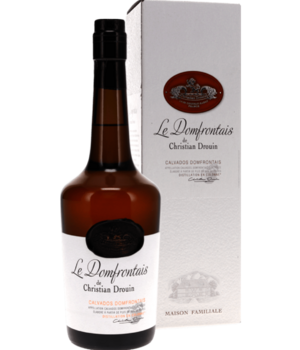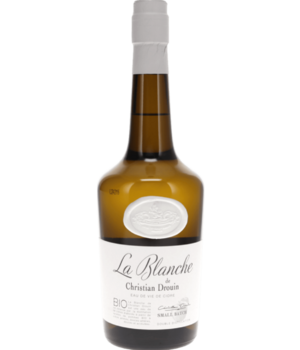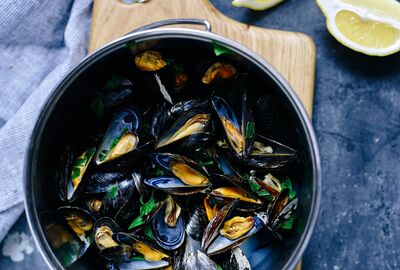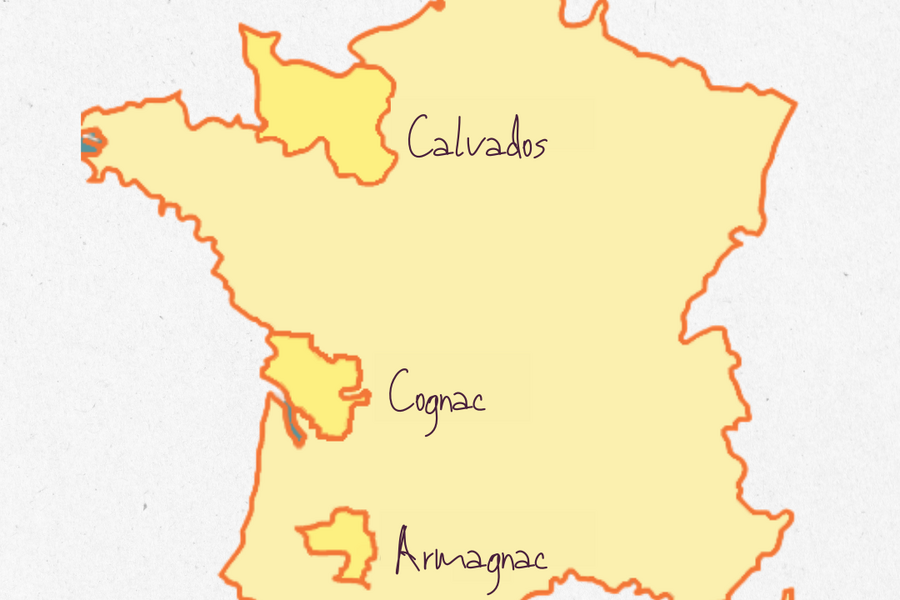
When given the choice between Cognac and Armagnac, you probably ask yourself: 'What's the difference anyway?' And then there is also Calvados, which makes the choice even more difficult. It is important to know the differences between these three to make an informed choice. Therefore, in this blog, we list the similarities and differences of these three types of brandy. Of course, we would also like to invite you to taste - because then the difference will become really clear.
Cognac
Origin and history
Cognac originates from the Cognac region in south-western France. The history of Cognac dates back to the 16th century, when Dutch merchants started distilling French wine to better preserve it during long sea voyages.
Production process
Cognac is made from white grapes, mainly the Ugni Blanc. After fermentation, the wine is distilled in copper alambics. The distillation process consists of two steps: the first distillation produces a liquid called "brouillis", which is then redistilled to obtain the final "eau-de-vie". This eau-de-vie is then aged for years in oak barrels, which contributes to its complex flavours and aromas.
Flavour profile
Cognac is known for its smooth, round and often floral flavour profile. Depending on the ageing period, Cognac may contain notes of vanilla, caramel, dried fruits and spices.
This Cognac is a must-taste!
Armagnac
Origin and history
Armagnac comes from the Armagnac region, also in south-western France. Armagnac production began in the 14th century, making it the oldest brandy in France.
Production process
Like Cognac, Armagnac is made from white grapes, but here different grape varieties are often used, such as Folle Blanche, Colombard and Baco Blanc. The main difference is in the distillation process: Armagnac is distilled in a continuous distillation column, resulting in a richer and more complex eau-de-vie with a higher alcohol content. After distillation, Armagnac matures in oak barrels. Armagnac is thus distilled once unlike cognac which is distilled twice at a lower temperature and has a higher alcohol content.
Flavour profile
Armagnac has a more robust and powerful flavour profile than Cognac, with pronounced notes of dried fruits, plums, vanilla, and leather. Due to the single distillation, it retains more of the original grape flavours.
This Armagnac is a must-taste!
Calvados
Origin and history
Calvados originates from the region of Normandy in northern France. It has a long history dating back to the 16th century, and it is often considered a symbol of Norman culture.
Production process
Calvados is made from apples (and sometimes pears), unlike grapes for Cognac and Armagnac. The apples are pressed to make cider, which is then distilled. Distillation can take place once or twice, depending on the appellation. As with the other two drinks, the eau-de-vie then matures in oak barrels.
Flavour profile
Calvados has a fresh and fruity character, with distinct apple and sometimes pear-like notes. After ageing, more complex flavours can develop, such as butterscotch, spices and nuts.
You have to taste this Calvados!
The similarities
French origins
We start this list with a very obvious similarity: all three drinks come from specific regions in France and are bound by strict production rules.
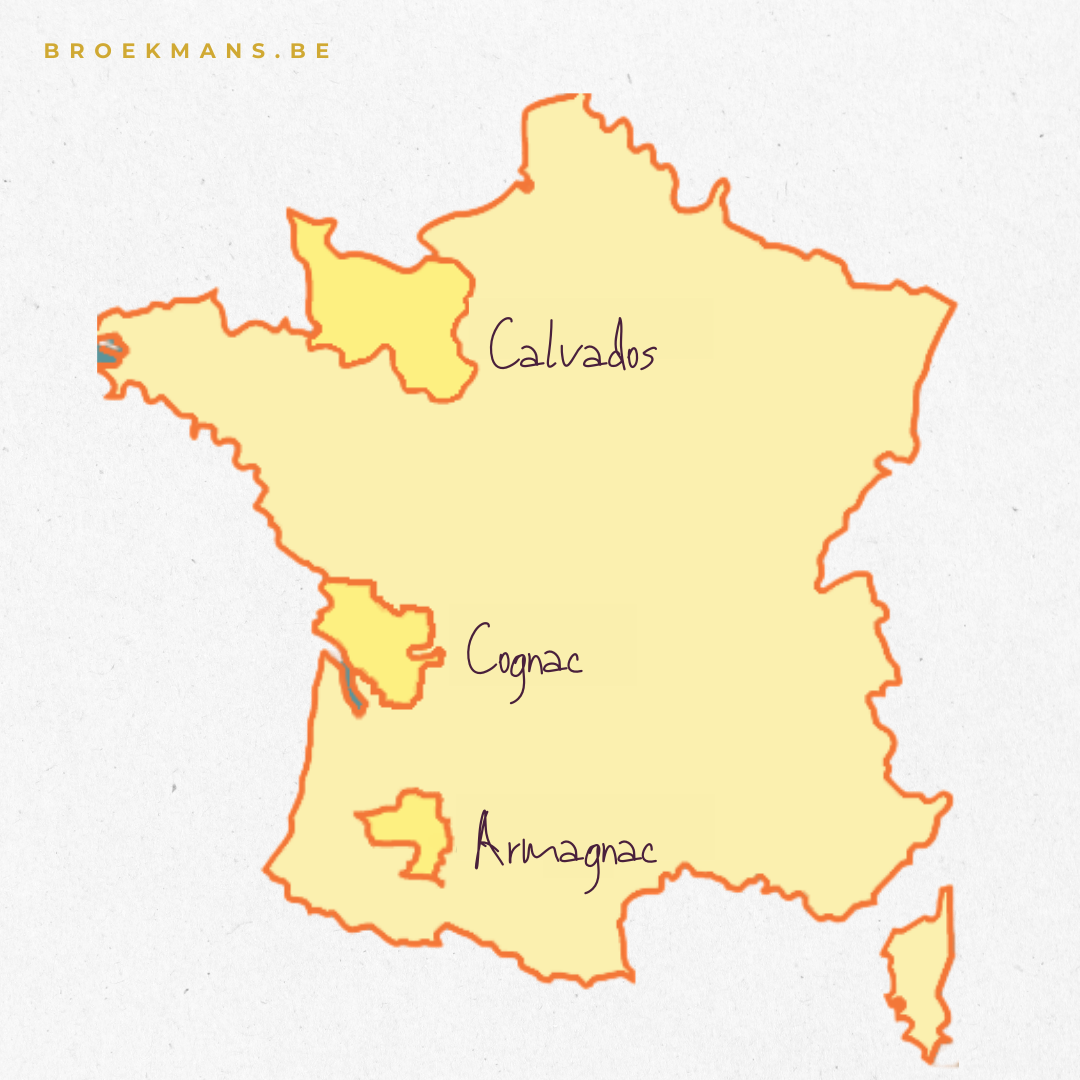
Maturation in Oak Barrels
Both Cognac, Armagnac and Calvados are aged in oak barrels, which contributes to their unique flavour profiles.
Artisan Production
Each of these drinks is made using artisanal techniques passed down from generation to generation.
Protected Designation of Origin
All three have AOC (Appellation d'Origine Contrôlée) status, which guarantees that they meet specific production standards and originate from their respective regions.
Brandy
Calvados (apple brandy), Cognac and Armagnac are all types of brandy. Brandy itself is a broader category of spirits. Brandy can be made from various types of wine or fermented fruits such as grapes, apples, pears, etc.
The differences
Raw materials
Cognac and Armagnac are made from grapes, while Calvados is made from apples and pears.
Distillation methods
Cognac uses a double distillation in alambics, Armagnac a single continuous distillation, and Calvados can undergo both single and double distillation.
Maturation time
Cognac and Calvados must age for a minimum of two years, while for Armagnac it is at least one year.
Flavour profiles
Cognac tends to be softer and more floral, Armagnac more robust and complex, and Calvados fresher and fruitier.

Marketing • Blogger
As a creative jack-of-all-trades in the marketing world, I also bring that imaginative flair to my drink choices. Whether on a night out, sunny vacation or social gathering with girlfriends, I'm always in my element with a refreshing cocktail in hand. Cocktails have stolen my heart because of the endless possibilities to experiment and explore. My favorite cocktail of the moment is the "Lazy Red Cheeks"! A delicious cocktail using vodka as a base. I love vodka because it mixes perfectly with non-alcoholic drinks. My favorite spirit? Rum!









